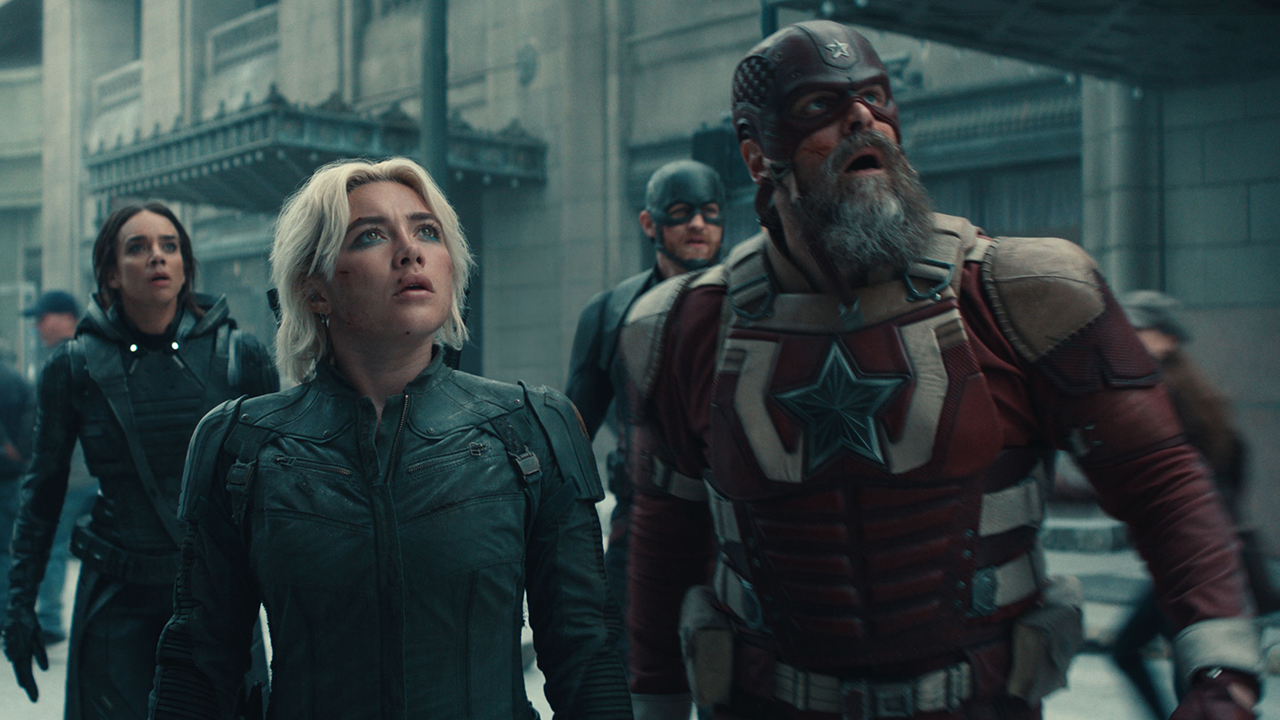Severance Asks Big Questions About Love And Death. Season 2 Has Answers

The spectacular finale of Severance’s first season introduced a love triangle more bizarre than New Order could ever have imagined. In a brief visit to the life of his “outie” Mark Scout (Adam Scott), Mark S.—the “innie” whose existence had previously been confined to his workplace, the severed floor of megacorp Lumon Industries—spotted the wedding photo of the man who shares his body. Scout’s bride? A woman Mark S. recognized as a mysterious colleague, Ms. Casey (Dichen Lachman). Her real name is Gemma, and she was supposed to have perished in a car crash; it was debilitating grief over her apparent death that forced her husband to have his consciousness severed. “She’s alive!” Mark S. howled in the final seconds of the season.
[time-brightcove not-tgx=”true”]It was a wicked twist, not least because it meant the two men inhabiting one Scott-shaped vessel were each desperately in love with a different, very-much-alive woman. For his part, Mark S. had begun a romance with his firebrand coworker Helly R. (Britt Lower). What he doesn’t know, in a long-awaited Season 2 premiere that drops Jan. 17 on Apple TV+, is that when Helly invaded her outie’s world, she discovered her doppelganger was none other than the innies’ overlord Helena Eagan, daughter of Lumon CEO Jame Eagan and granddaughter of the company’s storied founder, Kier Eagan. This may sound like the setup for a histrionic sci-fi soap opera. But creator Dan Erickson’s Severance, for all its satirical humor, is an astute drama of ideas. Mark’s dilemma frames a superlative new season that probes the nature of selfhood, death, and most of all love.

Nearly three years have passed since the show released its most recent episode, so to review: Mark S. and Helly R. weren’t the only members of Lumon’s severed Macrodata Refinement team to escape the office before the season concluded. It was their cantankerous colleague Dylan (Zach Cherry) who discovered, in an encounter with a son he hadn’t even known his outie had, that it was possible to remotely shift consciousnesses. In the finale, Dylan stayed late at the office to awaken Mark, Hilly, and their teammate Irving (John Turturro). The renegades’ aim was to alert the people in their outies’ lives of the horrors innies experience. Mark pulled his sister Devon (Jen Tullock) aside at a party for his pretentious brother-in-law Ricken (Michael Chernus). Helly shocked bigwigs at a Lumon soirée with a sermon against severance. Irv drove to the home of his severed-floor paramour, Burt (Christopher Walken). Discovering Burt acting cozy with another man, he lost it, banging on the couple’s door and shouting Burt’s name.
And so another philosophically messy love triangle ensues, in a new season that picks up five months after the events of the finale, as Lumon makes dubious reforms following the incident it has already incorporated into company lore as the “Microdat Uprising” and Mark S. searches for Gemma. Taken together, Irv’s and Mark’s predicaments raise fascinating questions: If an innie falls for—or gets physical with—someone who isn’t their outie’s partner, is that cheating? (For that matter, if an innie and an outie form relationships with the same person, is it that partner who’s two-timing?) Does the outie have a right to prohibit their innie from forming romantic or sexual bonds? Do innies actually deserve love more than outies, because they’re prisoners, confined in a windowless office and denied a life outside of work? What about Dylan? How does severance complicate his outie’s relationship with a family that has never knowingly met his innie?

These inquiries into the meaning of love for a person living a bifurcated life dovetail with the show’s complex connection to death. In attempting to cope with his wife’s passing by killing off his ailing subjectivity for 40 productive hours a week, Mark Scout enabled the birth of a new self—one free to fall in love without baggage because he hasn’t lived long enough to experience heartbreak. When one character’s time at Lumon ends, in the new season, the others mourn that person’s loss as though they’ve died. Because isn’t that what effectively happens to an innie who will never again awaken in a sterile elevator? An innie may be a prisoner, incarcerated by a conspiracy of Lumon and their outie. But this season forces Mark S. and his team to confront the reality that quitting their severed jobs, which they’re given a chance to do without their outies’ approval, would be tantamount to suicide. This is the paradox of the innies’ existence: Unethical though it was to create them, destroying them would be an act of violence.
You might notice that this review has had less to say about what transpires in Season 2 than about the ideas underlying the action. That has something to do with the long list of plot points Apple has warned critics not to spoil; rest assured, the new episodes are as twisty as the first season. They’re stylish, too, with more eerily white backdrops and ’70s-sci-fi-thriller set pieces from executive producer Ben Stiller, who directed half the season. The performances—notably that of Season 1 MVP Lower, of whom even more is asked this time around—are stellar. Lingering questions are answered and new ones posed, though if Severance has one flaw, it’s that Lumon’s methods sometimes seem mismatched with its ostensible aims.
Yet ultimately, now that so many shows are technically flawless but conceptually empty, what makes this one excellent is the resonance—the simultaneous relevance and timelessness—of its themes. After white-knuckling my way through a second season finale that, in my estimation, surpasses even the first, I couldn’t be more eager to hear what else Severance has to say.


